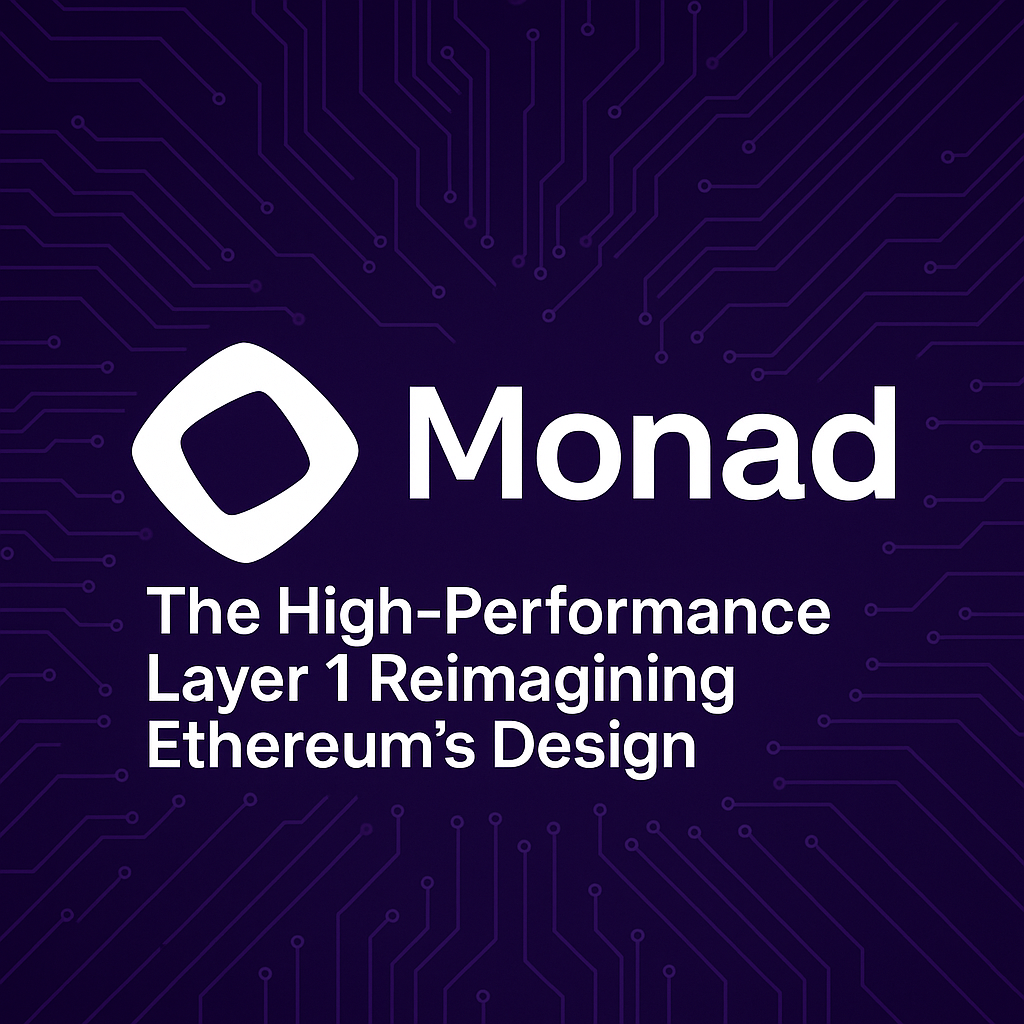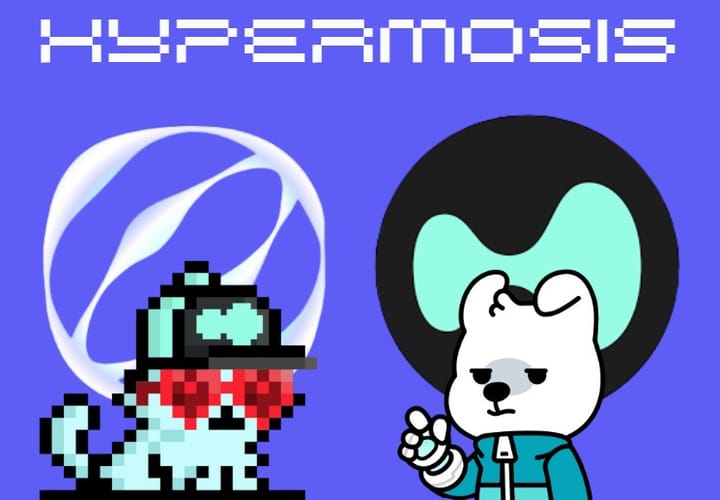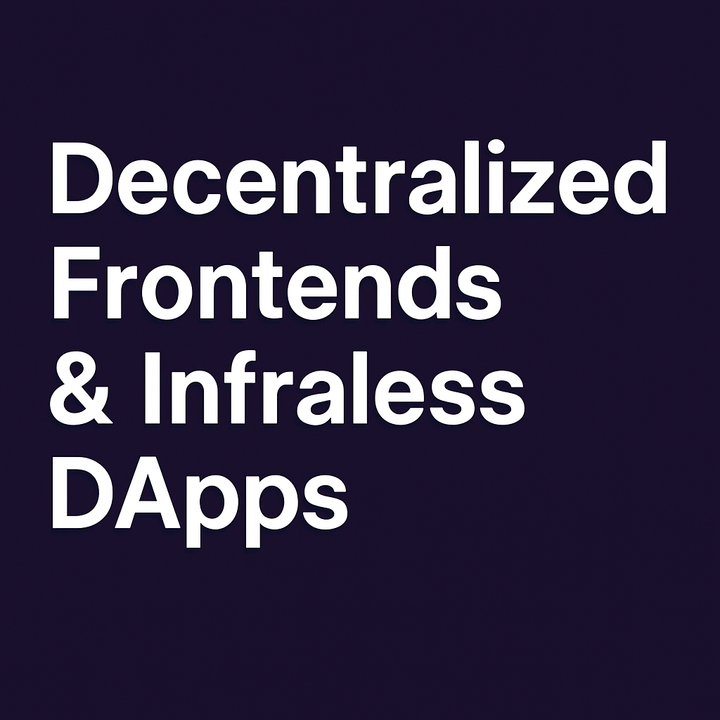🧠 Monad: The High-Performance Layer 1 Reimagining Ethereum's Design

In the ever-evolving world of blockchain infrastructure, Monad emerges as a powerful contender in the race to build scalable, fast, and EVM-compatible Layer 1 networks. But Monad isn’t just another Ethereum clone — it’s a complete rethinking of how smart contract execution can be done better.
Imagine that one day Mitosis will use monad to deposit assets in Mitosis Matrix Vault or ecosystem-owned liquidity (EOL)
Let’s dive into what makes Monad unique, how it achieves performance gains, and why it matters for the future of decentralized applications.
⚙️ What Is Monad?
Monad is a new Layer 1 blockchain built from scratch to scale Ethereum's execution without compromising decentralization. While it supports the Ethereum Virtual Machine (EVM), it takes a fundamentally different approach to block production and state execution.
Its core innovation? Parallelization + deterministic pipelining.
Where Ethereum and most EVM chains process transactions sequentially, Monad introduces parallel execution — a game-changer for throughput and latency.
🧩 Monad’s Core Innovations
🛠 1. Parallel Execution Engine
Monad decouples execution from consensus, allowing multiple transactions to be processed simultaneously. This architecture enables Monad to reach 10,000+ TPS (transactions per second), a massive leap over Ethereum's ~15 TPS.
🔁 2. Deterministic Pipelining
Monad uses a deterministic scheduling system that maintains EVM compatibility while supporting parallelism. That means existing Solidity contracts work out of the box — but much faster.
📜 3. MonadBFT: High-Speed Consensus
Monad uses a custom Byzantine Fault Tolerant consensus protocol with 1-second block times and rapid finality, ensuring the network remains secure and decentralized without lag.
🧬 4. Low Fees, High Throughput
By optimizing computation and storage at every level of the stack, Monad dramatically reduces gas costs, making it ideal for DeFi, gaming, and high-frequency apps.
🌐 EVM Compatibility: The Smart Play
Monad stays fully compatible with Ethereum tooling:
- Deploy Solidity smart contracts directly
- Use Metamask, Hardhat, Foundry, etc.
- Migrate dApps with no rewrites
This EVM parity ensures developers can plug in instantly — but benefit from supercharged performance.
🔗 Monad vs Other L1s
| Feature | Monad | Ethereum | Solana | Optimism |
|---|---|---|---|---|
| Execution Model | Parallel EVM | Sequential EVM | Parallel (non-EVM) | Sequential EVM |
| TPS | ~10,000 | ~15 | ~65,000 | ~2,000 |
| EVM-Compatible | ✅ Yes | ✅ Native | ❌ No | ✅ Yes |
| Finality Time | ~1s | ~12s | ~400ms | ~2s |
| Rollup Friendly | Coming soon | ✅ Yes | ❌ No | ✅ Base layer |
🚀 Why Monad Matters
- Solves the throughput problem for dApps and DeFi
- Opens the door to EVM-based high-frequency applications like on-chain order books
- Keeps Ethereum devs happy with no new languages to learn
- Lays groundwork for modular future (execution as a service)
As the modular stack evolves — with shared sequencing, rollups, and zkVMs — Monad positions itself as a next-gen execution layer that could power not just apps but even rollups themselves.
🔮 What’s Next for Monad?
Monad is currently in testnet and has raised significant VC backing, including from Paradigm. The team is laser-focused on:
- Testnet performance optimization
- Ecosystem tooling and developer onboarding
- Launching a strong dev community around EVM speed freaks
Expect early dApp deployments, DeFi experiments, and governance proposals to begin emerging as Monad nears mainnet.
🧠 TL;DR
- Monad is a high-performance, parallel EVM Layer 1
- Executes 10,000+ TPS with 1s finality using pipelined execution
- Maintains full Ethereum compatibility for easy dApp migration
- Designed to scale Ethereum-native apps without L2 complexity
In short: Monad = Ethereum supercharged.


Comments ()